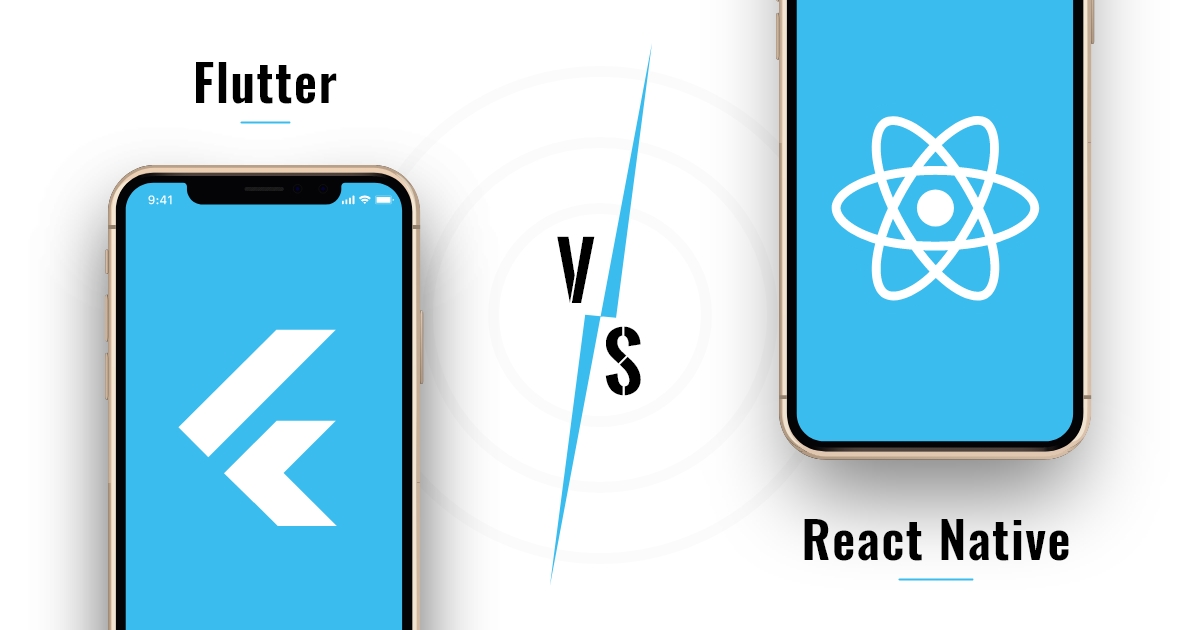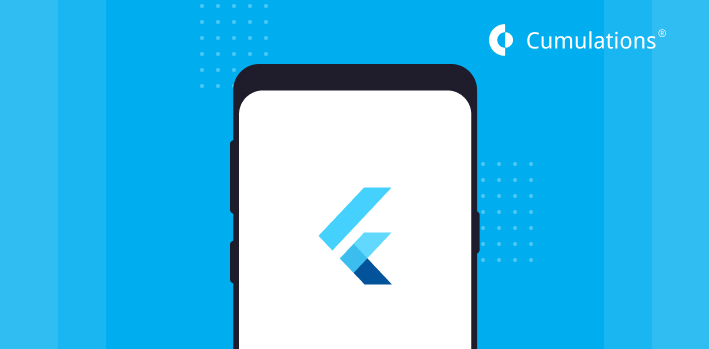
A recent launch by Google, Flutter is a mobile UI framework that helps to develop amazing Android and iOS applications with a single codebase.
This free and open source platform allows the developers to build highly-interactive native interfaces on iOS and Android in record time. Its ability to speed up the entire app development process assists the developers in reaching a wider base of audience.
Check out => 17 Flutter Apps You Never Knew Existed
The platform makes for a great choice for creating interactive cross-platform hybrid apps. In this article, we will look at the various features of the flutter framework that makes it a top choice for developers who are looking to develop engaging mobile apps. Let’s begin.
Noteworthy Features of Flutter
Since we are discussing the merits of Google Flutter, it becomes domineering to look at the various features that flutter app developers would come across in the framework.
To start with, the new beta version of Google Flutter allows the app developers to create apps for both Android and iOS, using a single codebase.
Google has made this framework extremely flexible and expressive by adding a library of highly scalable widgets. Flutter also offers complete support for the development of tailored interfaces with exclusive and engaging themes.
Flutter is especially known for its feature of “Hot Reload.” The tool helps you gain access to an extensive range of widgets along with working in a dynamic interface with ease.
Google Flutter is known for its productivity. It has a highly efficient, portable GPU rendering UI that permits it to work on multiple, up-to-date interfaces.
With this framework, the developers can readily insert flutter into their app on the WebView component. This helps the developers in easily visualizing the web content in the app. Also, this makes navigating the apps much easier.
Flutter also allows the developers to localize their apps. This helps the apps in achieving a wider base of the audience as they then can be used globally as well.
The framework offers total support for a wide range of Integrated Development Environments (IDEs) such as Visual Studio Code, Xcode and Android Studio.
Flutter is well-equipped with native ARM (Advanced RISC Machines) code, making it all the more helpful for tech businesses and startup ventures.
Flutter has a command known as Flutter Doctor that helps to identify the bugs or glitches in the app. Using this command, the developers can easily locate the problems in the app and rectify them readily.
Apart from these, there are few more exciting features of Google Flutter that makes it a boon for the app developers. These include:
Google Flutter extends support for setting up and formatting pictures and online videos. This makes the apps more interesting.
The APIs of flutter framework is quite advanced. It uses a 2D GPU-accelerated API that makes the app animations look cleaner, faster and smoother.
Flutter can be embedded into your existing apps.
With Flutter, the developers enjoy added support for Google’s Firebase development platform.
Some Benefits of Using Flutter for Hybrid Mobile App Development
After discussing the amazing features of Google Flutter, it is certainly a useful asset for all app developers. Moving on, let’s understand how this SDK, Software Development Kit, will prove to be beneficial for the app development industry as well:
1) Faster App Development Process
Flutter supports both IOS and Android, making it a feasible option for cross-platform app development.
It allows the developers to modify widgets and build a highly engaging native interface. Also, the immensely productive rendering engine makes it a great choice for developing native platforms.
2) Striking User Interface
Having an eye-catching user interface is always a big plus for a mobile app. Flutter features Material Design and Cupertino for Android and iOS apps, respectively, that assist the app developers in building highly engaging apps. These are set of visual and motion-rich widgets that make the app look beautiful and interactive on both platforms. These apps are easy to navigate and extremely user-friendly.
3) Accessible Native Features and SDKs
Flutter further makes your app development journey delightful through native codes, third-party integrations, and platform APIs. You can easily access the native features and SDKs on both platforms and reuse the widely-used programming languages for IOS and Android such as Swift and Kotlin.
4) Highly Reactive Framework
With Google Flutter, you can easily modify the interface by changing the variable in the state. Consequently, all changes will reflect in the UI. Also, Flutter makes it easier and quicker to set up the application compared to React Native.
5) Full Compliance with Design Standards
Flutter makes sure that every design component of the app on the particular operating system fully conforms to the design standards. Every element of the app is up-to-date and there is the complete appropriateness of the design across all devices.
Related read: Pros & Cons of Flutter for Mobile App Development
Moving on, flutter allows the developers to create personalized widgets by amalgamating the design standards of both iOS and Android.
Final Words
Google Flutter is a great platform for developing hybrid apps. The Dart programming language and its complete support to iOS and Android make it immensely feasible for developing responsive mobile applications. Currently, Google is also working on a modular OS Fuchsia, written in Flutter. This compatibility-based OS is anticipated to replace Chrome and Android OS.
Flutter Vs React Native Infographic

Related read: Cross-Platform App Development: Flutter vs React native


 +91-984-5825982 | +91-996-4689921
+91-984-5825982 | +91-996-4689921 sales@cumulations.com
sales@cumulations.com Send your requirement
Send your requirement 



